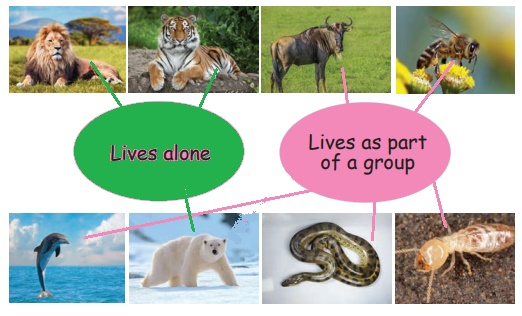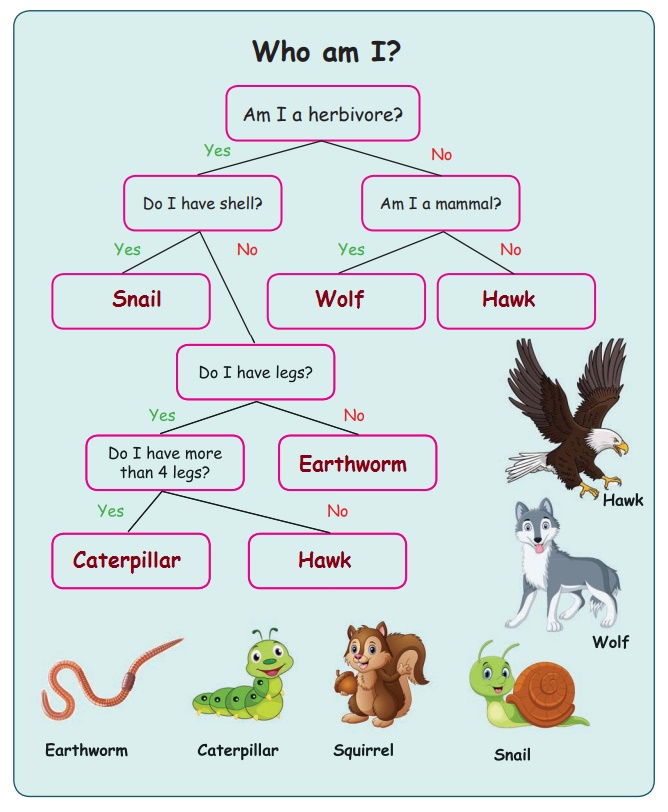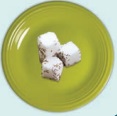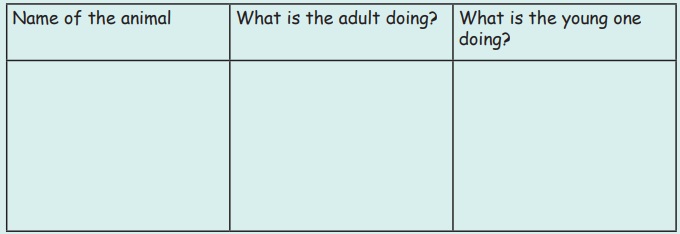Life of Animals | Term 3 Chapter 2 | 4th Science - Questions with Answers | 4th Science : Term 3 Unit 2 : Life of Animals
Chapter: 4th Science : Term 3 Unit 2 : Life of Animals
Questions with Answers
Life of Animals (Term 3 Chapter 2 | 4th Science)
EVALUATION
I. Who am I?
1. My group is called colony ant.
2. Our home is nest bird.
3. My feet are broad to help me walk in the sand camel.
4. I use sound navigation to find the objects in my path Bat.
5. I am active during day time as well as night time lion.
II. Fill in the blanks.
1. The animals which are active at night are called nocturnal animals.
2. Kangaroo is best known for parental care.
3. The group of owls are called parliament.
4. Honey bee lives in hives.
5. Mosquito bites us and sucks our blood.
III. Match the following.
1. Wingless insect - Smell
2. Elephant – Gills
3. Giraffe – Herd
4. Ants - Long neck
5. Fish - Silver fish
Answer
1. Wingless insect - Silver fish
2. Elephant – Herd
3. Giraffe – Long neck
4. Ants - Smell
5. Fish - Gills
IV. Answer the following questions in brief.
1. Why do birds build nests?
They build nests for their young ones.
2. What is meant by structural adaptation?
Changes, in the physical features of the animal are called structural adaptations.
3. Define echolocation.
Bats have a good sense of hearing. They use sound navigation. They produce ultrasonic sound which helps the bats find their way at night and find out the objects on their path. This is called "Echolocation”.
4. How do ants feel the vibration ?
Ants have organs of smell and taste in their antennae. They feel the vibrations in the ground through their feet. Ants have a good sense of smell.
5. List out any three animals that live in groups.
Birds, fish, wolves
6. Why do birds fly in ‘V‛ shape?
Birds fly in "V" shape to reduce wind resistance.
V. Give short answers.
1. Why do animals live in groups?
Animals gain a lot of benefits from spending time together with other members of the same species. This is called group behaviour. Animals like tiger, bear etc live in solitary (alone). Some animals live in small groups (Eg. Pride of a few lions) and some live as larger herd (E.g. Herd of thousands of wilde beest).
Group behaviour is also called social behaviour. Members of the group work together to find food, defend themselves and look after the young ones. E.g. All the fish in a school move together, following their leader in the front. Staying in a group helps the small fish appear big. The main purpose of group behaviour is to help animals survive in nature.
2. Explain the three main body regions of insect.
Insects have three main body regions. They are; Head, thorax, and the abdomen. All parts of the insect are inside an exoskeleton.
Head : The main visible parts on the head are the large compound eyes, the antennae (feelers) and the mouth parts.
Thorax: The thorax is the middle region of the body. It bears three pairs of legs and two pairs of wings.
Abdomen : The abdomen is the last part of the insect body. Abdomen of most of the insects have clear segmentation.
3. What are nocturnal animals?
Some animals sleep in the day time and are very active at night. A good example is cat at our home. Not only small animals but also some birds are active at night. Such animals are called Nocturnal animals.
ACTIVITY
Match the animals with their group behavior

ACTIVITY
Observe any animal in your surrounding and write a creative short story about it.
ACTIVITY
Who am I?

ACTIVITY
Fill in the missing words.
Butterfly has three body parts like all other insects the head, the thorax (chest), and the abdomen (bottom).
The butterfly has four wings and six legs, attached to the throax. Butterfly uses its two antennae to smell.
ACTIVITY
• Place a few sugar cubes in a plate.
• After sometime, you can see some ants visiting the plate.

ACTIVITY
Word search puzzle - Nocturnal Animals

ACTIVITY
Animal observation

Related Topics